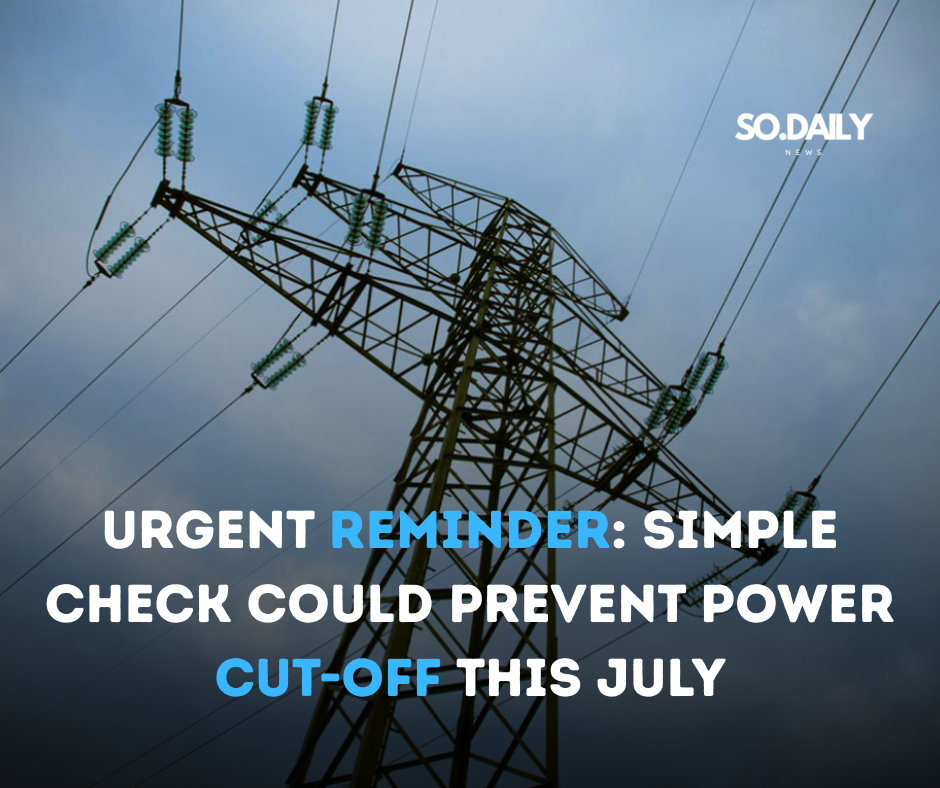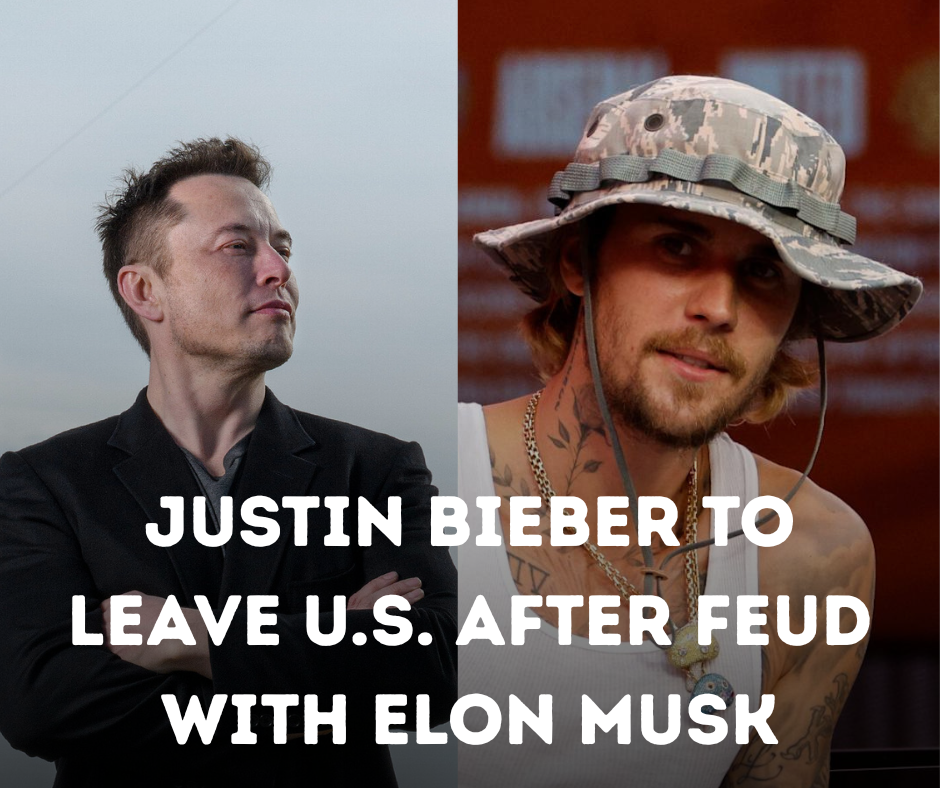Apple has issued a fresh warning to iPhone users that could help them avoid unnecessary battery damage—and potentially save hundreds in repair or replacement costs. The alert revolves around what’s being called the “35 to 95 Rule,” a reference to the temperature range your iPhone should stay within to function properly and safely.
This isn’t just another tech tip—it’s a crucial guideline that all users, especially those who rely on their devices daily for communication, health tracking, and finances, should be aware of.
What Is the “35 to 95 Rule”?
The “35 to 95 Rule” refers to the recommended safe temperature range for operating your iPhone—between 0°C and 35°C (or 32°F to 95°F). According to Apple’s official documentation, iPhones are designed to work best within this range. Exceeding these limits—even occasionally—can have serious consequences.
For older users, who may be more sensitive to unexpected technology failures, this rule is particularly important. Your iPhone may be your connection to loved ones, medical care, and vital apps—so taking steps to preserve its health is a must.
Why Temperature Matters for Your iPhone
Operating your iPhone outside of the safe temperature zone can lead to a range of problems. Here’s what happens if you ignore the “95 Rule”:
- Permanent Battery Damage
High heat can degrade your battery faster, permanently reducing its ability to hold a charge. Over time, you may notice your phone dying quickly, even after a full charge. - Sudden Performance Drops
Your iPhone is smart enough to throttle (slow down) its own performance to prevent damage when it gets too hot. That means your apps may lag or close unexpectedly if the device detects dangerous heat levels. - Cold Weather Shutdowns
On the flip side, extreme cold can cause your iPhone to shut off without warning—even if the battery still has charge. Cold temperatures slow down the chemical processes inside the battery. - Costly Repairs
Damaged batteries may require replacement, which can cost up to $100 or more depending on your iPhone model—especially if you’re no longer under warranty.
Common Situations That Violate the “95 Rule”
Many users break the 35 to 95 Rule without realizing it. Here are some common situations to avoid:
- Leaving your iPhone in a parked car
Even on a mild day, your car’s interior can quickly climb above 95°F. In direct sunlight, it can exceed 120°F—enough to seriously harm your device. - Using your phone under a pillow or blanket
When your iPhone is in use—especially while charging—it generates heat. Trapping it under covers prevents heat from escaping and pushes it beyond safe limits. - Exposing your phone to direct sun for extended periods
Whether you’re gardening, sitting on the porch, or driving with your phone on the dashboard, direct sunlight can quickly heat up your device beyond safe levels. - Cold outdoor activities
If you’re walking the dog, shoveling snow, or running errands during the winter, your iPhone can get cold enough to shut off. This can also weaken the battery if repeated often.
How to Protect Your iPhone Year-Round
Now that you’re aware of the risks, here are some practical tips to keep your iPhone safe, especially for users over 55 who may rely heavily on their phones for daily routines:
- Avoid direct sunlight: Keep your phone shaded or in a bag when outdoors.
- Don’t leave it in the car: Always take your phone with you when you leave the vehicle.
- Be mindful when charging: Avoid using high-performance apps or games while charging, and never charge your phone under pillows or covers.
- Use a case with good ventilation: Some heavy-duty or waterproof cases trap heat. Consider switching to a breathable case if you notice overheating.
- Keep it warm in cold weather: Store your phone in a jacket pocket close to your body to maintain battery health.









